The whole set of evolutionary transformations displayed by marine tetrapods constitutes a fascinating research field, where functional aspects overlap e.g. developmental or ecological questions, and where extant forms are a direct clue for a precise biological understanding of fossils. However, this complex subject requests a multidisciplinary approach. In the aim of getting together specialists of the various scientific fields potentially involved, a congress was held in Poitiers (France), as the first step of a series of international meetings on the subject. A second meeting occurred in Copenhagen in 1999. The present book is derived from the meeting of Poitiers, and resumes its fundamental aim: create a broad, unrestricted communication between specialists who seldom have the opportunity to directly exchange knowledge and reflection.
The editors are very grateful to the eighteen outstanding scientists, all being world-known authorities in their speciality, who generously contributed to this work for a total of 19 articles covering all relevant fields. Our wish is that this book will have the same development as the congress from which it is derived, and will be progressively improved and actualised with the progress of research itself.
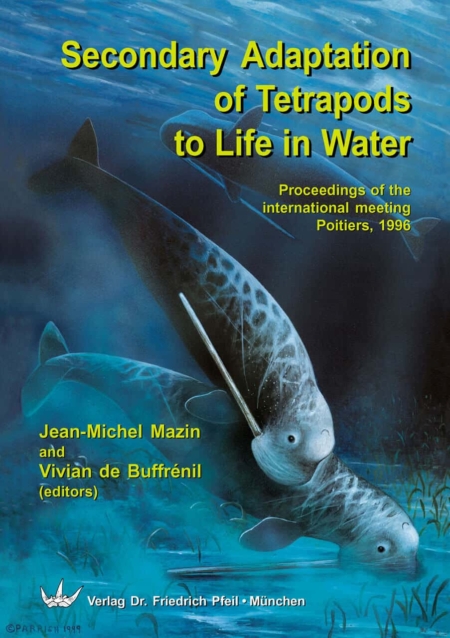

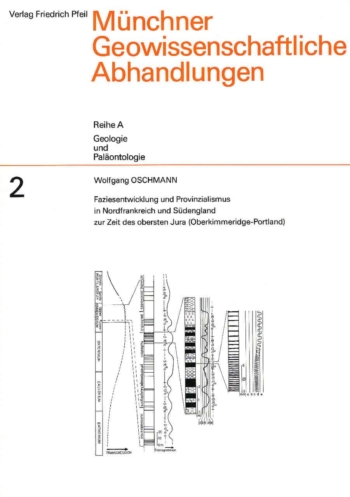
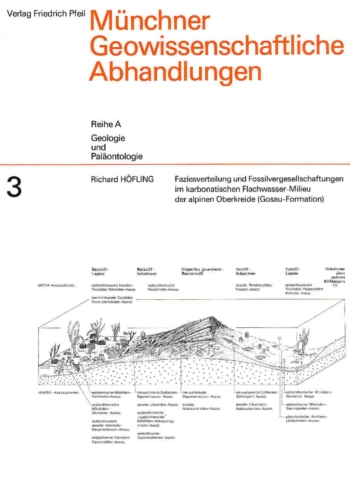
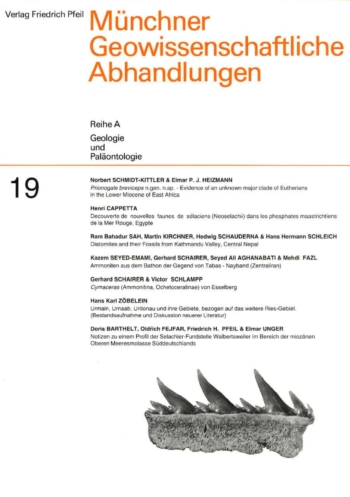
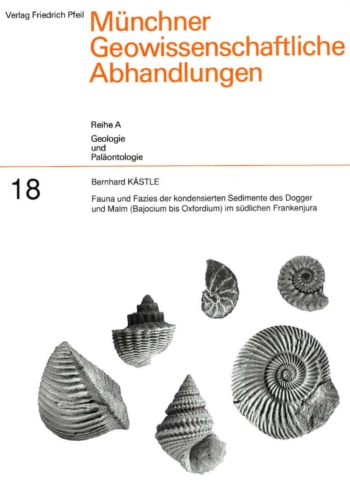
Bewertungen
Es gibt noch keine Bewertungen.